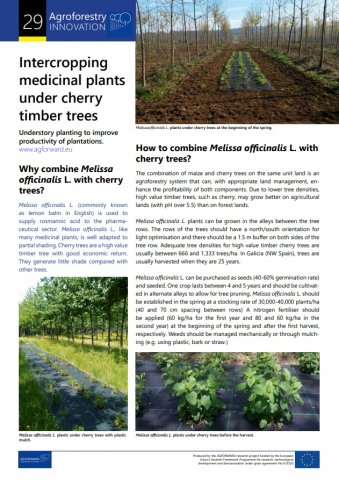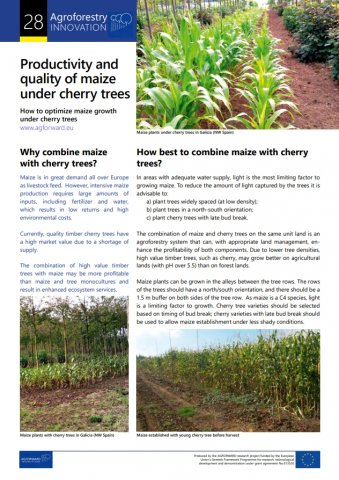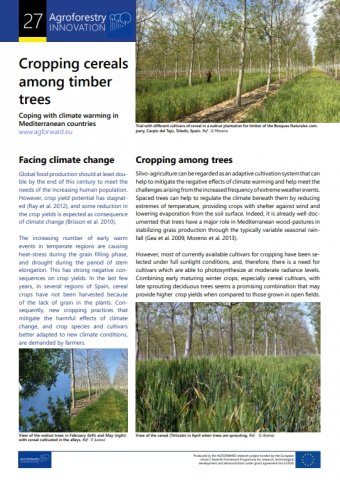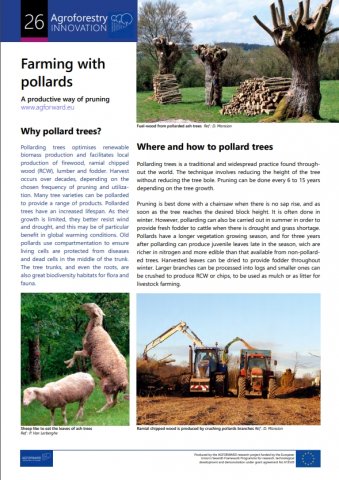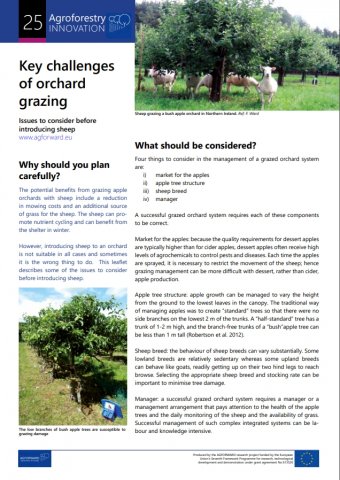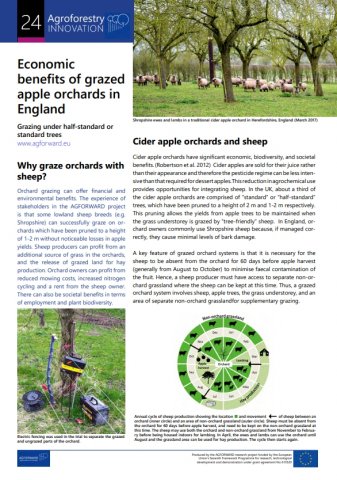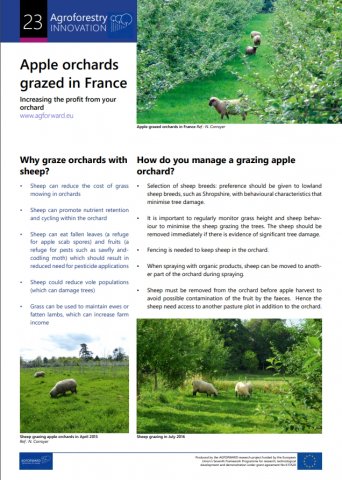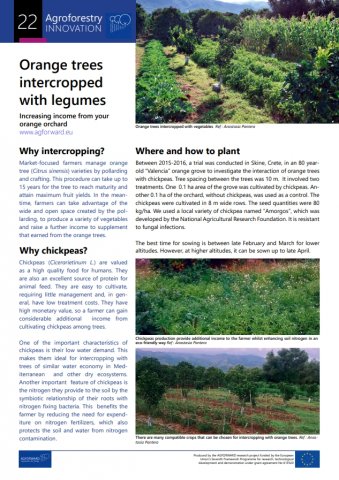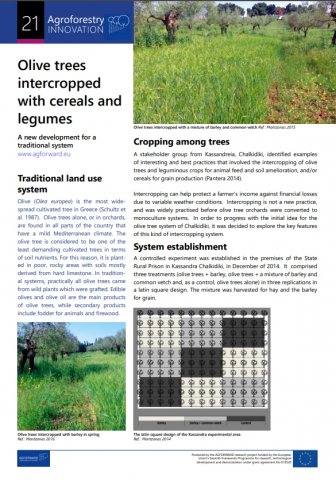Why combine Melissa officinalis L. with cherry trees?
Melissa officinalis L. (commonly known as lemon balm in English) is used to supply rosmarinic acid to the pharmaceutical sector. Melissa officinalis L., like many medicinal plants, is well adapted to partial shading. Cherry trees are a high value timber tree with good economic return. They generate little shade compared with other trees.












